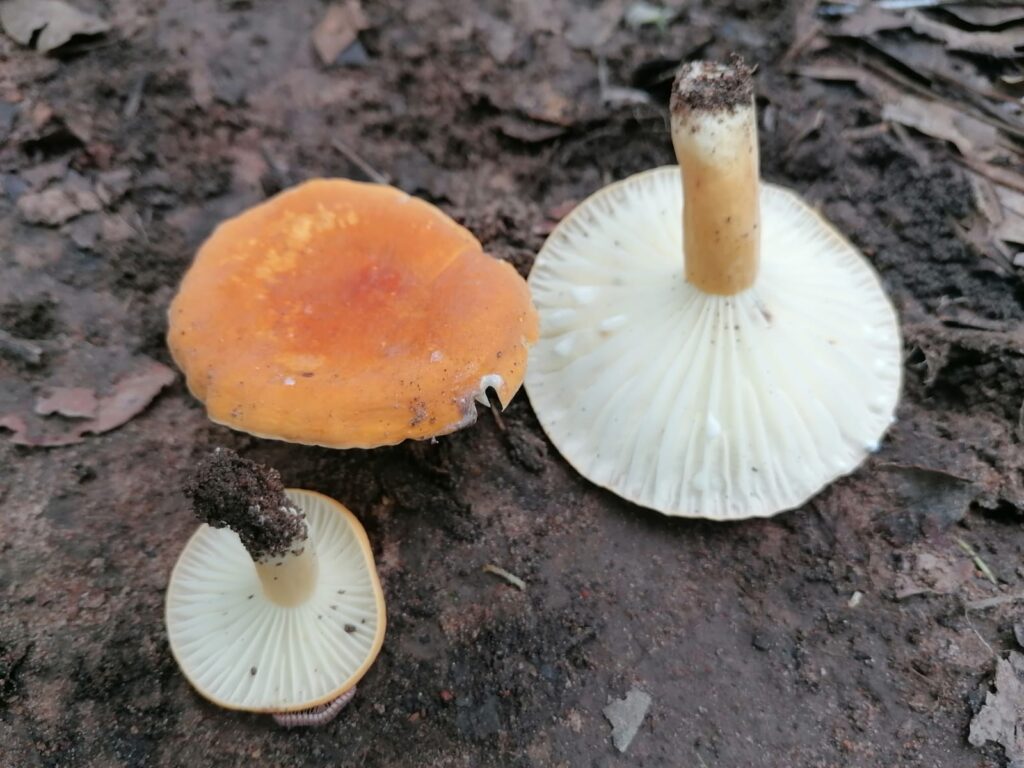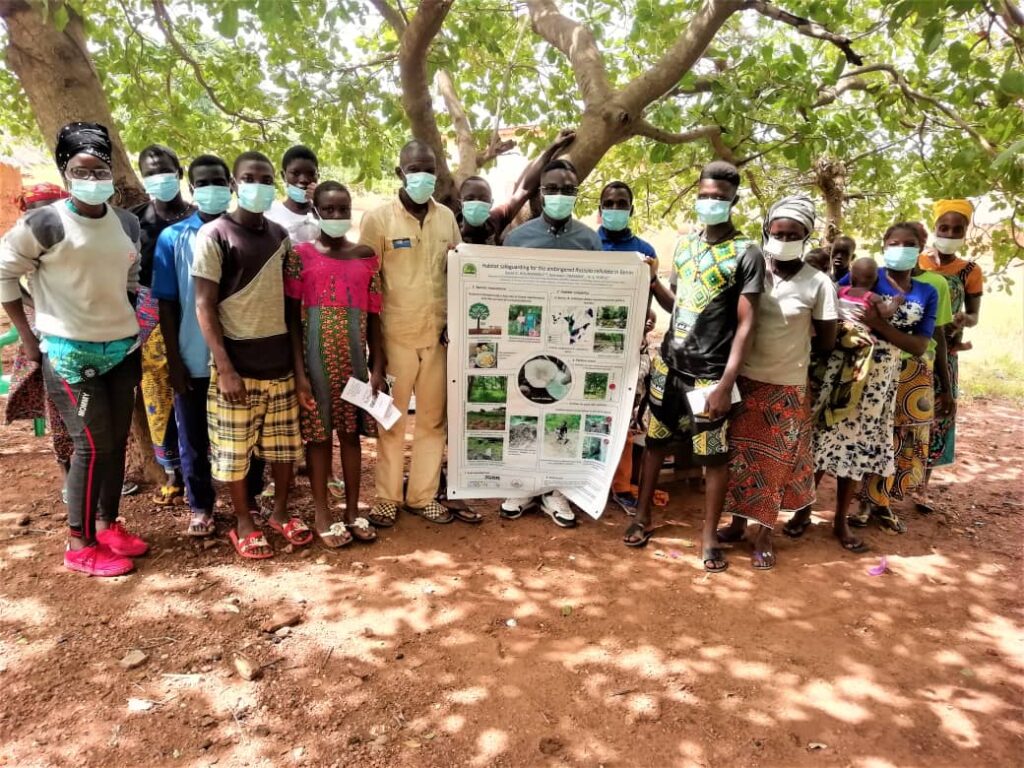

Russula cellulata Buyck is an ectomycorrhizal fungus that plays an important ecological and socio-economic role for rural populations in Africa. The species lives in association with many ectomycorrhizal trees whose growth and mineral nutrition it improves. Socially, it is an important source of food and income for rural populations and has even been cited as the most known and harvested Russula for food in the Zambezian region (Buyck, 1994). In Benin, Russula cellulata has been recorded only in the Wari-Maro Forest Reserve (Yorou et al., 2001) and the forest galleries of Bassila. The species is described as rare and confined to small galleries forest along temporary rivers. However, the Brown-capped mushroom is well known to rural populations, particularly the Nago and Yoruba ethnic groups who use it as food (De kesel et al., 2002). Although data on the distribution and population status of the species are fragmentary, it has been assessed and classified as Critically Endangered in Benin according to IUCN criteria (Yorou and De kesel, 2011). Threats to its habitat and the intensive exploitation of Afzelia africana (IUCN status: Vulnerable), its partner tree, were the factors that earned it this conservation status. Given this situation, habitat protection is the priority for the conservation of the species. However, to take such conservation measures, we need reliable information on the distribution of the species. Also, as human activities are at the origin of the degradation of Russula celulata habitats, their preservation requires the support of local communities, and this can only be achieved through environmental education. This project aimed to contribute to the knowledge and safeguarding of R. cellulata habitats in Benin. The specific objectives associated with the project were to: 1- Map the potential distribution of Russula cellulata in Benin using Maximum Entropy (MaxEnt), including occurrence data, high-resolution climate variables, 2- Raise awareness among students and adults (women, farmers, loggers) about the conservation status of Russula cellulata, 3- Restore the degraded habitats of Russula cellulata by reforesting them with Afzelia africana, its most symbiotic tree.